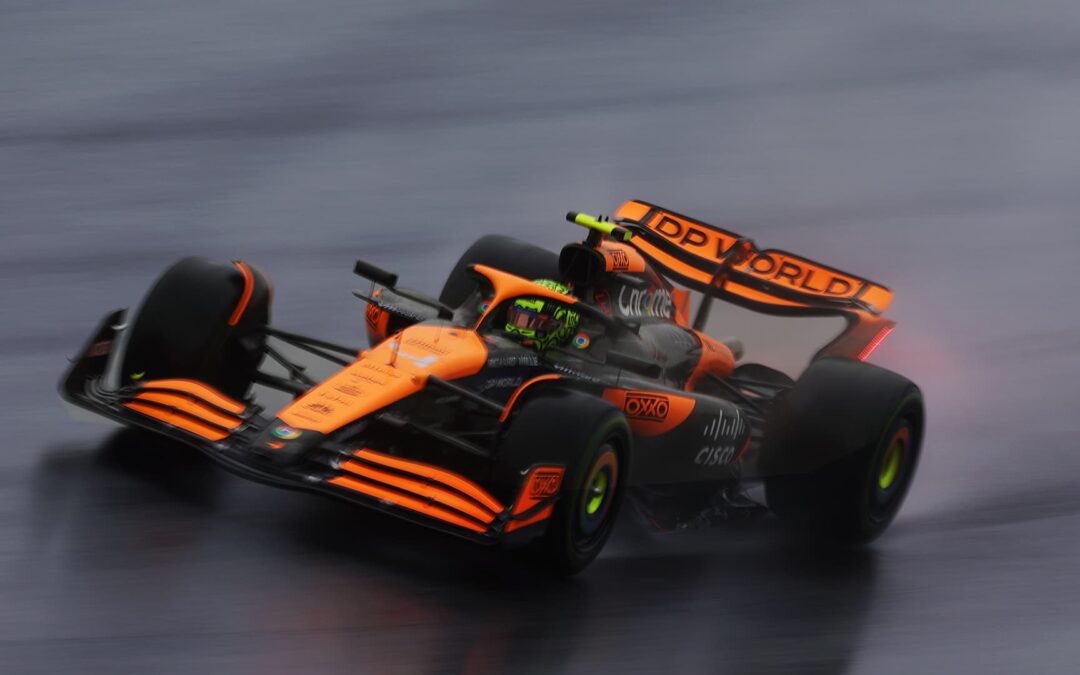TV screens show global hit video game “Black Myth: Wukong” at Hisense booth during the IFA Berlin 2024 on September 6, 2024 in Berlin, Germany.
China News Service | China News Service | Getty Images
BEIJING — Chinese home appliance company Hisense aims to become the No. 1 seller of television sets in the U.S. in about two years, Catherine Fang, president of Hisense International, told CNBC in an exclusive interview Monday.
In its bid to boost its brand in the U.S., the company last week became the first official partner of the FIFA Club World Cup that’ll kick off in Miami in June 2025. FIFA President Gianni Infantino, FIFA Secretary General Mattias Grafström, and Hisense Group Chairman Jia Shaoqian attended an event in Shanghai on Oct. 30 to mark the partnership.
“We hope through this sponsorship we can increase our market share,” Fang said in Mandarin, translated by CNBC. Sports events can burnish Hisense’s image as a premium brand, she added.
The company’s newest TVs use an in-house artificial intelligence chip to improve image rendering, Fang said, noting plans to increase the use of AI for improving audio quality, or providing athlete stats via voice command. The company was not immediately able to share to what extent those features were available on TV sets in the U.S.
Hisense’s 55-inch U8 TV series starts at around $700 in the U.S., while the 100-inch version costs around $3,000 or more.

In the second quarter, the company shipped the second highest number of TV sets in North America, behind Samsung, according to research firm Counterpoint.
“Hisense and TCL, which have been focusing on normal LCD TVs, are trying to increase their market share by strengthening their advanced TV portfolios such as QD-LCD and Mini LED LCD,” Counterpoint said.
Hisense also sells home appliances such as refrigerators and washing machines, often called white goods.
Fang said the company aims to become the top Chinese brand of such white goods in North America, also in roughly the next two years.
While China-based companies have been eyeing overseas markets relatively recently as growth at home slows, Hisense has built up its global business over several decades.
Hisense generates half of its revenue outside China, with North America accounting for about 30% of its overseas sales, Fang said.

